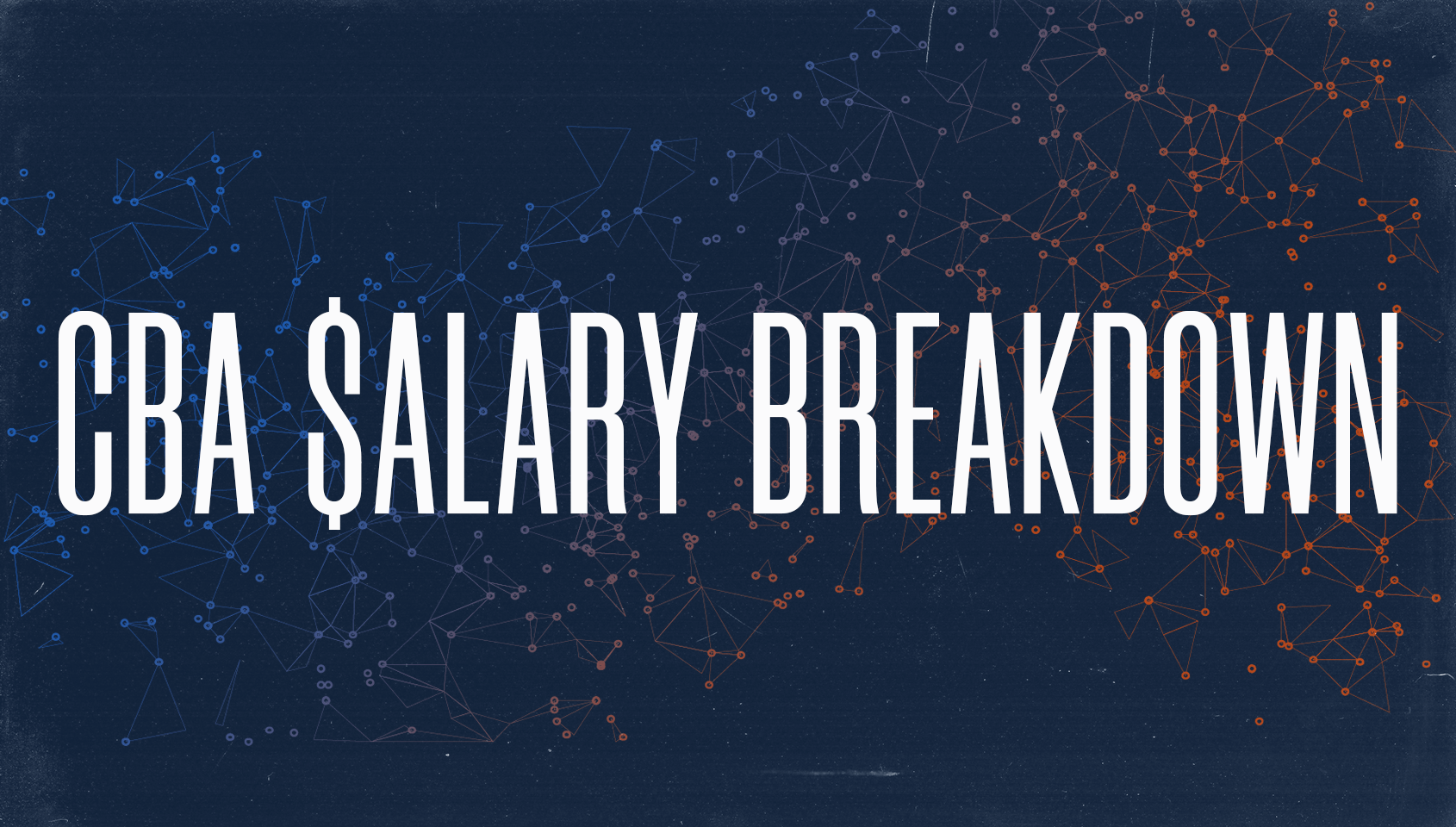MLS and the MLS Players Association came to an agreement last week on a new collective bargaining agreement. The new CBA comes with significant changes to the salary budget and roster rules the league abides by. As FC Cincinnati continues to reshape its roster, it will have to adjust its approach as the league will no longer provide $1.2 million in targeted allocation money to the teams. The new CBA will now shift that money to the existing general allocation money pool spreading the money across the roster.
The typical response is “What does that mean?” It’s an understandable question. I am going to try to clear this up with some general statements to help FC Cincinnati fans follow the basics and hopefully bring some clarity to MLS roster rules.
Each team has to abide by the salary budget, but they have several different mechanisms to “buy down” the hit towards the cap while building the roster. As you can understand, this does not always make things straight forward, but the new CBA helps streamline the process.
Here are the basics rules for those items:
Designated Player (DP):
-
- A team can have up to three designated players.
- No salary limit on the player, but their cost against the salary cap is maxed out at $612,500.
- Young designated players (under 23 yrs) only count $200,000 against the cap.
- The transfer fee is spread evenly across the number of years of the contract.
- Example: Designated Player: Juergen Locadia makes an estimated $3.5 million, but only $612,500 counts against the cap (the max charge).
-Look for a new rule in 2021 limiting the salary charge of the third DP to the maximum salary charge plus $1 million.
Salary Budget (Cap):
-
- Provided by MLS.
- The current salary cap is $4.9 million.
- Teams must stay under the salary cap to be roster compliant. The only roster spots that count towards this cap space are spots 1-20, called senior spots.

GAM:

2020 GAM for FC Cincinnati
-
- Provided by MLS
- This money is tradable.
- Initial amount provided is $1,525,000,
- Additional GAM added through other measures and trades. (see graphic to right)
- This is a type of money that can be used on any player on the roster.
- A team can only buy down a player’s cap hit to half its value.
- Moving $1.2 million TAM into GAM in CBA was a big win for the MLSPA.
- Example: GAM: Joseph-Claude Gyau has a salary of $169,000. Only half can be bought down with GAM, and Gyau does not qualify for TAM. So Gyau’s cap hit is $84,500.
TAM:
-
- This money paid from the team’s ownership and is discretionary.
- This money is not tradeable.
- The set amount this year is $2.8 million.
- It can only be used on players who make over the maximum salary cap charge ($612,500).
- The maximum salary a TAM player can make is $1,612,500
- A TAM player must have at least a $150,000 salary cap hit.
- The entire transfer fee must be paid in year one of the contract.
- Example: TAM: Allan Cruz Makes $650,000.FCC can use TAM to buy down to $150,000 cap hit, meaning it used $500,000 in TAM. Currently, FCC has only four TAM players on the roster.
Using the above guidelines, the graphic below is an estimate of how I see the current roster spend playing out. Again this is just an estimate using all available data. We will update when salary data is released by the MLSPA.

What does this mean for 2020?
As it pertains to the 2020 roster, FC Cincinnati has two senior roster spots available and is roughly $1.4 million under the salary budget limit. The new budget is approximately $675,000 more than 2019, giving the club increased flexibility to go out and make more changes as they see fit without hamstringing itself too much for 2021. Heading into this season, Darren Mattocks’ salary looked to have been a big handicap. With the move of league funded TAM converting to GAM, that cap hit is much less penal. Mattocks was just below the TAM threshold, and now FC Cincinnati can buy down his cap hit to half if they want. This could also make him more of an attractive trade piece as clubs are always looking for goal scorers without the fear of crippling their budget. As far as new moves go, FC Cincinnati is likely to add DP and TAM players. While it’s unlikely we see both come in this window, FC Cincinnati ownership has the discretionary money to go out and get two more impact pieces while still remaining a long way under the cap. It’s possible you could see them trade some of their GAM for an international spot if the right player becomes available.
Heading into the new stadium
Next year will be a big year for the club. As this CBA rolls out you can expect roughly a $600k increase per year in net spend per club. FC Cincinnati will likely move on from pieces from the inaugural roster such as Mattocks, Kekuta Manneh, Przemyslaw Tyton, Fatai Alashe and Nick Hagglund, and you could see a player like Yuya Kubo being converted to a TAM player over a DP as it amortizes his transfer fee. That would free up approximately $2 million between cap hit and allocation money. With the change in free agency to allow players with five years of service and 24 years old or more, FC Cincinnati could be active on the domestic market to backfill their roster. You could see players like Kellyn Acosta, Cristian Roldan, Diego Fagundez, and Matt Turner all hit the open market years before they were expecting. With this first wave of American players hitting the open market, it might be a blessing that FC Cincinnati had a lot of two years deals that will fall off at the end of 2020.













